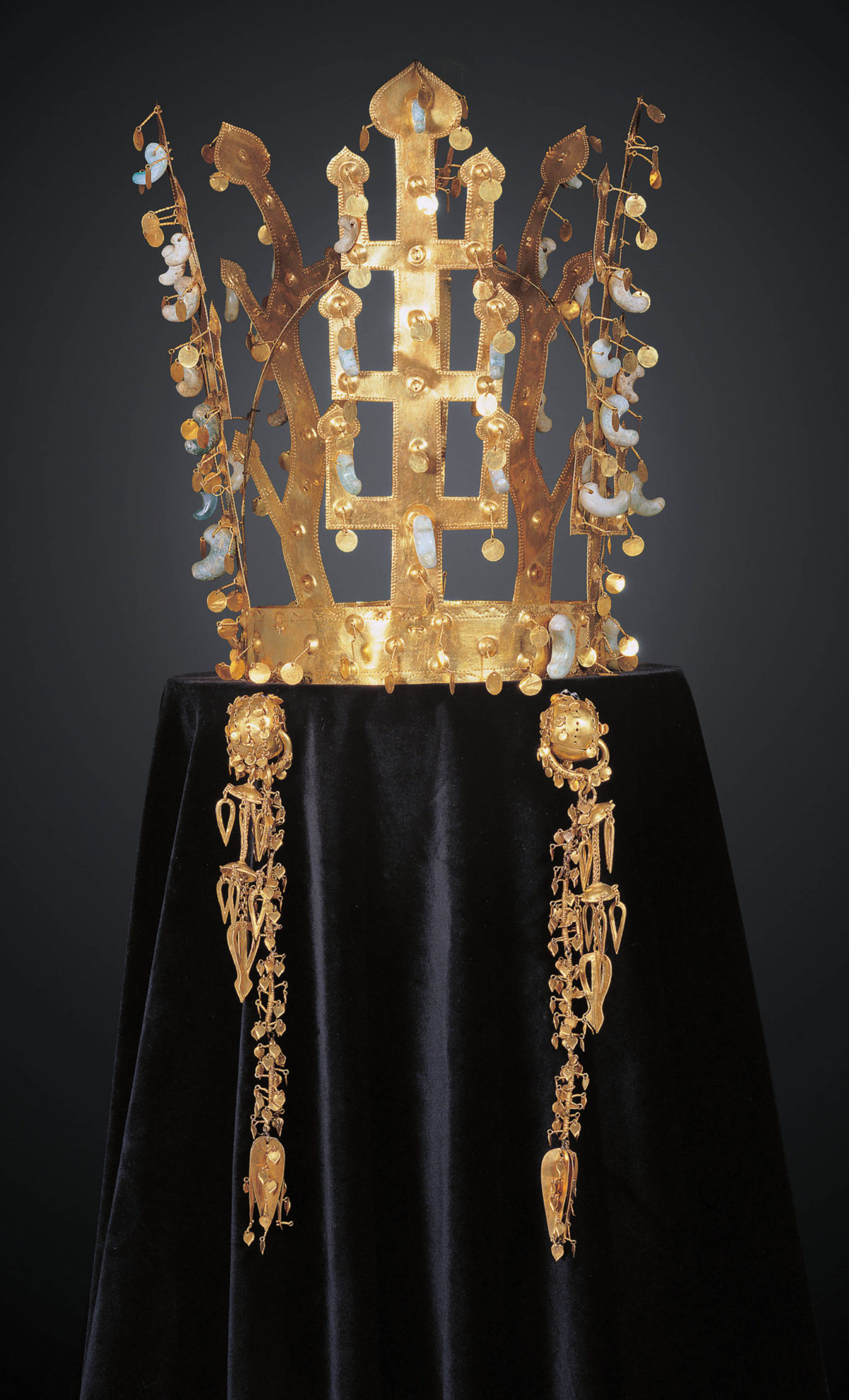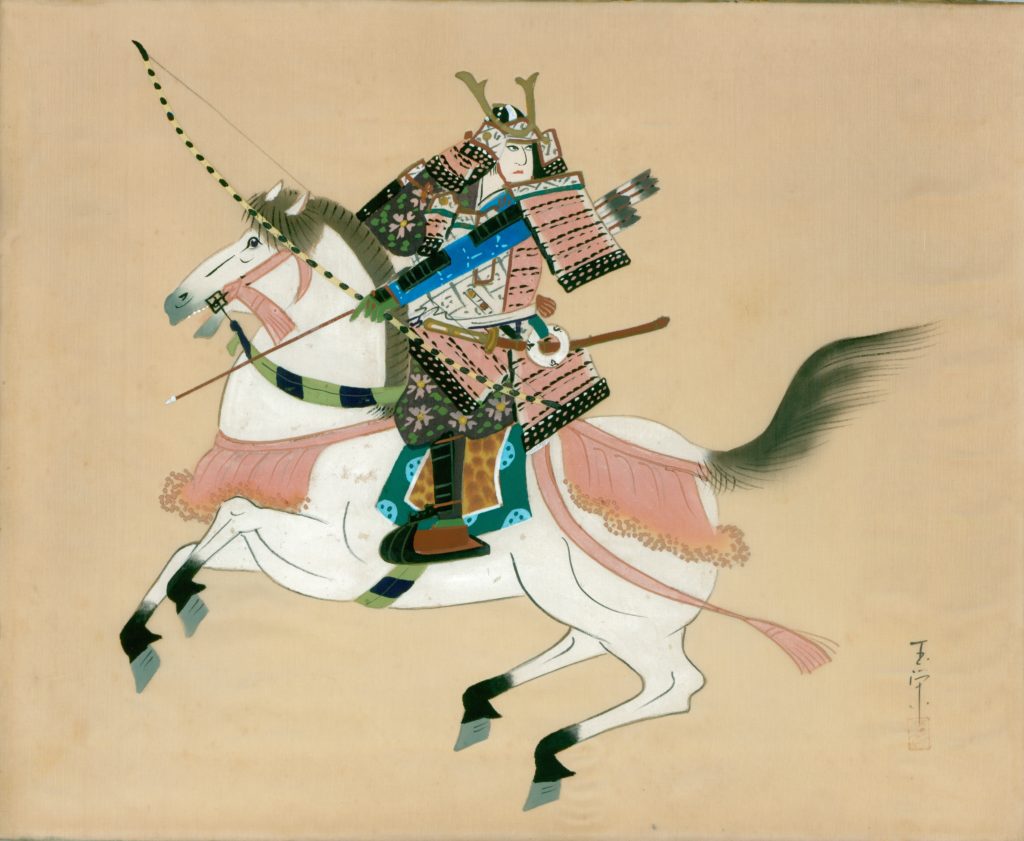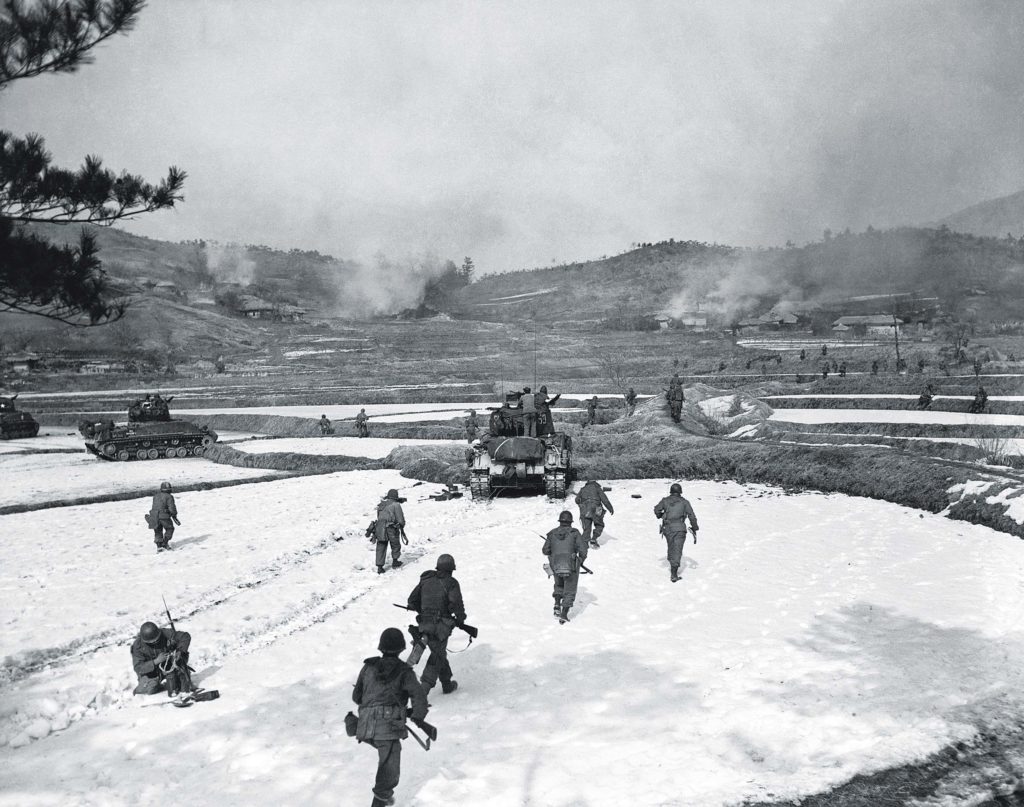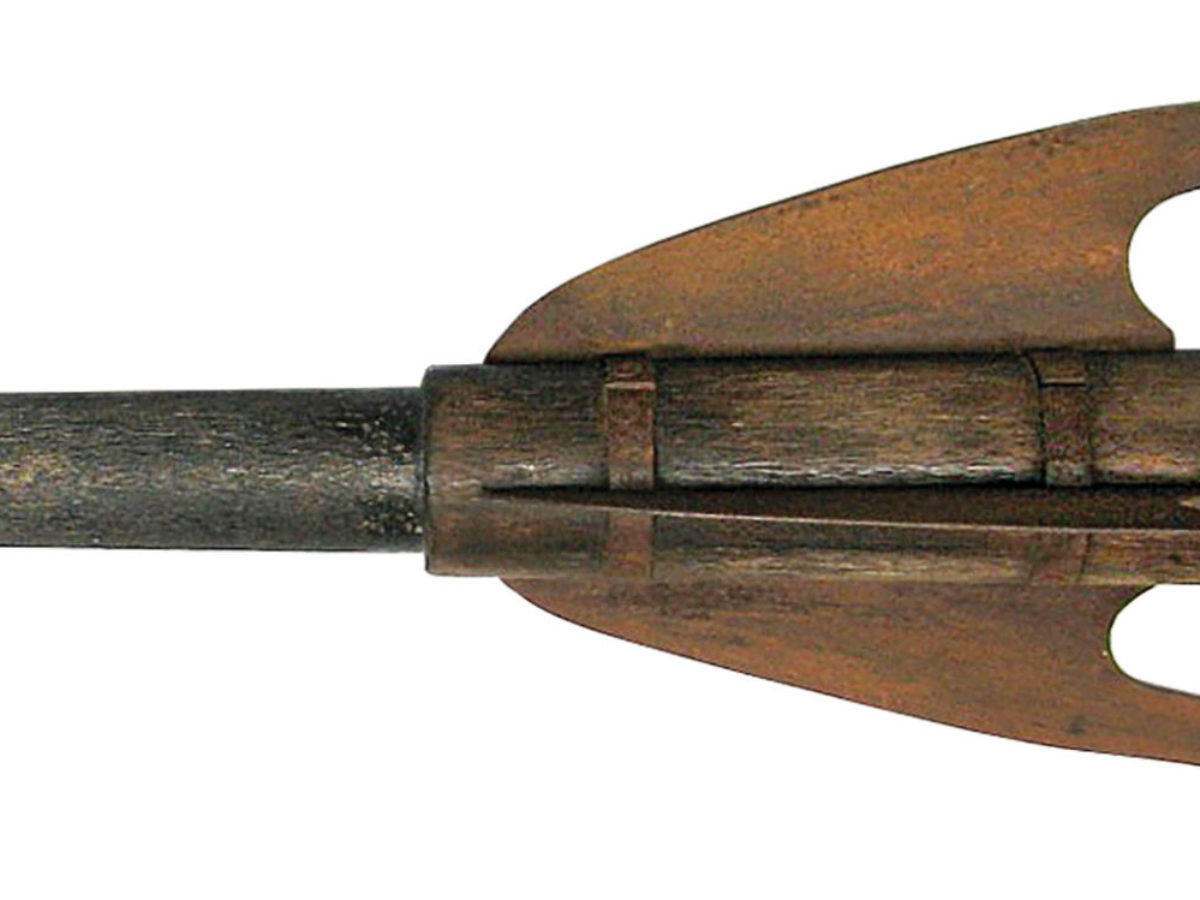In October 663 CE, at the decisive Battle of Baekgang, a historical era ended in bloody fashion. At the mouth of the Keum River, a combined Korean-Chinese force soundly defeated a Korean-Japanese one in a momentous event that had profound effects upon the region for the next millennium.
The unlikely conclusion to over 400 years of Korea’s division into three separate, perennially warring kingdoms, was now visible on the horizon.
The Clash of Three Kingdoms
The story of Korea’s Three Kingdoms—Goguryeo, Baekje, and Silla—cannot be told without placing it in context within the wider East Asian historical continuum. The first centralized government beyond the city-state level on the Korean Peninsula was Gojoseon, or “Old Joseon.” This near-legendary early Korean civilization established by the 4th Century BCE reportedly stretched from the Liao River in the north to modern Pyongyang in the south. It was both neighbor and potential rival to both the Chinese Ch’in and subsequent Han dynasties, fast consolidating power to the west.
In 194 bce, Wiman Joseon emerged as a kingdom stretching north from modern Seoul to the Yalu River, with its capital at Wanggeom near Pyongyang. Established at a time of aggressive expansion by Han China, Wiman Joseon received material support from the Han to secure China’s northeastern border against the Manchurian Yemaeks. Chinese funds were used to help the nascent Korean kingdom expand control east and south into the peninsula.
Growing in power, the kingdom’s ruler, King Ungo, provoked the Han through cross-border raids along the Yalu. This resulted in the first documented Chinese invasion of Korea in 109 BCE, a two-pronged combined operation over land and sea that set a pattern for future Chinese incursions onto the peninsula. The 50,000-strong Han force was checked at the walls of Wanggeom city, resulting in a year-long siege. Failing to take the city by force, the Han resorted to treachery.
Amid the siege, Ungo was assassinated and his government collapsed.
This left a power vacuum the Han were all-too-happy to fill. Wiman Joseon’s territory was divided into four commanderies, which would be ruled by Han China for the next 400 years. The rest of the peninsula continued to be inhabited by multiple tribal confederations including the Jin, the Dongye, and the Okjeo, to name but a few. Yet, as the Han Dynasty waned under unrelenting external and internal pressures, its ability to protect those Korean territories decreased. Korea’s next warring kingdom would hasten its demise.
Mountain Fighters
Founded as early as 37 BCE, the Kingdom of Goguryeo developed out of the Buyeo city state in central Manchuria. Goguryeo carved out a position in the northeastern corner of modern Korea, stretching far into Manchuria, through military conquest and deft political maneuvering.
Establishing an initial power base through the conquest of Okjeo at the end of the second century CE, Goguryeo turned its military attention to the Han commanderies. The rising kingdom hammered relentlessly at those foreign holdings, forcing one reorganization and consolidation after another until, by 313, the Han were ejected from the peninsula.
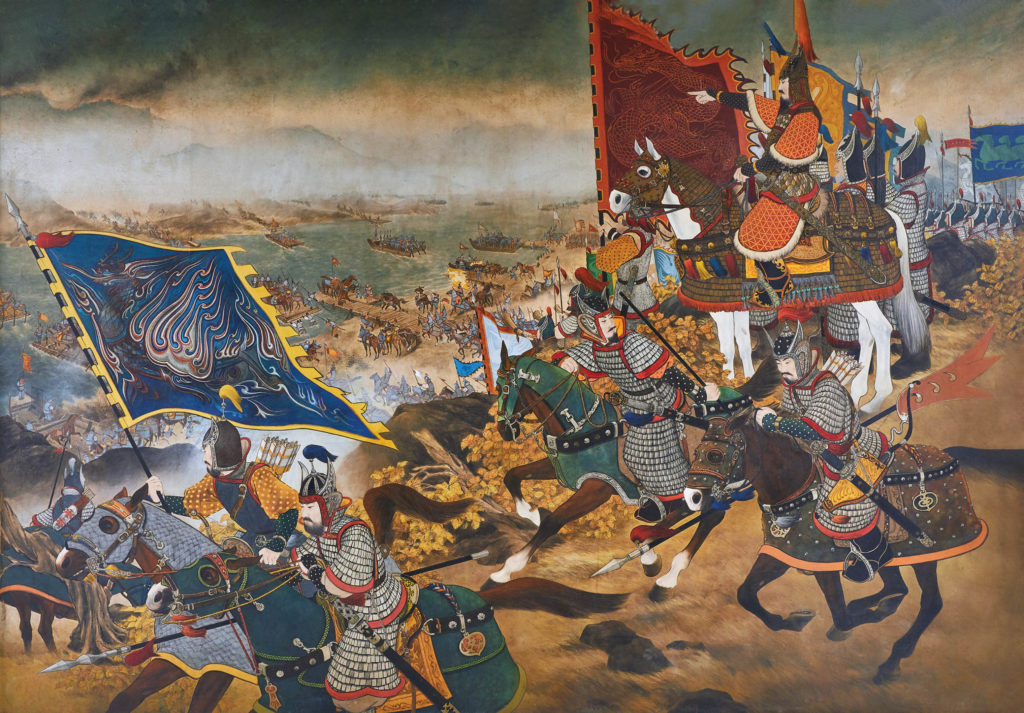
Fielding a mighty army famed for its cavalry and uncanny ability to endure the harsh mountainous environment of North Korea, Goguryeo pushed the Chinese back beyond the Liao River. The Korean kingdom subsequently seized and successfully defended expansive tracts of land stretching from modern Jiamusi west to the Shuangtaizi River and south beyond the modern city of Seoul.
With such a large territory it’s not surprising that Goguryeo would remain in an almost constant state of warfare throughout its existence. The Manchurian tribes grew stronger and more aggressive as one traveled west along the northern frontier including the Xianbei, Hsiung-nu, and the Khitans. That said, Goguryeo generally learned to handle the nomadic raiders well.
It was the ever-present threat of invasion by hostile Chinese dynasties that posed the greater danger. Wei China invaded the fledgling Goguryeo in 242, nearly toppling the budding Korean state and for a time greatly inhibiting the development of that kingdom. Yet Goguryeo’s defeat of the Wei in Yemaek territory in 259—accomplished with a force of elite cavalry—did much to rebuild the state’s reputation as a regional powerhouse. The Chinese Sui Dynasty would invade Goguryeo no fewer than four times—in 589, 612, 613, and 614, all of which failed. The 612 attempt resulted in the loss of some 300,000 Sui troops in the rugged, mountainous terrain of northern Korea. The extensive expenditure in men and material required to launch these unsuccessful campaigns have been cited as a significant cause of the Sui Dynasty’s collapse in 618.
The Tang Dynasty invaded Goguryeo in 645, using the classic land-sea approach, resulting in the seizure of 10 border fortresses. Yet the Tang ultimately failed to breach the walls of Ansi—despite an epic, three-month siege—and were forced to retreat back beyond the Liao River, sustaining heavy losses. Ultimately, though this invasion was unsuccessful, the Tang were fated to play a significant role in Goguryeo’s downfall.
The Richest Kingdom’s endless Conflict
As early as 18 BCE, the Kingdom of Baekje established itself by seizing control of the once powerful Mahan Confederacy in the southwestern corner of the peninsula. Baekje’s strength derived from the rich agricultural lands of the Han River valley and the southwestern region of the peninsula. With its first capitals at Wiryeseong and then Hanseong, both located in or near modern-day Seoul, Baekje may have initially been the most populous of Korea’s three kingdoms. With Goguryeo forever distracted by disputes along its extended Manchurian border, Baekje made significant inroads from the south, securing territory as far north as Pyongyang, which it seized in 377.
Recommended for you
The kingdoms of Baekje and Goguryeo fought almost nonstop beginning in 369. During this period Baekje remained in an alliance with Silla that lasted until its dramatic repudiation by the latter in 550. Losing its capital to Goguryeo in 475, Baekje moved its seat of power south of the Han River to Ungjin.
It would move again in 538 to the more defensible Sabi (modern Buyeo) which remained the capital until falling in 663. From its central position along the southwestern coast of the peninsula, Baekje maintained significant relations with external powers and a profitable trade relationship with Jin and Former Song Dynasties China. Relations with the Sui never seemed quite as close. The kingdom’s relationship with the Tang would be truly catastrophic.
Baekje also sought and ultimately established a trade and military relationship with Yamato Japan in 397. This began the practice of sending royal princes to live abroad in the Japanese court. While initially content to trade with the Gaya city-states, eventually Baekje would conspire with Silla to dismantle the confederation and take by force the iron resources for which it was previously required to trade.
There seems to be little in the historical record to indicate how the armies of Baekje managed to do so well for such a long period. Trade relations with Gaya, China, and Japan contributed to a thriving economy, yet there seems to have been little development of Baekje’s military to fully explain its early rise. Yet, over time, as Baekje’s economic ties were removed, its military experienced a corresponding reduction in efficacy. Successive campaigns involved fewer and less effective troops while the upstart kingdom of Silla trended in the opposite direction.
The Most Dangerous Kingdom?
Ultimately the most dangerous of the three kingdoms lay ensconced beyond the Taebaek Mountains that run north to south below the Han River. There, the smaller, less powerful kingdom of Silla waited patiently, building strength, while the other two Korean kingdoms battered each other incessantly. Silla’s steady absorption and eventual dissolution of the Gaya Confederacy in 562 brought significant increases in both wealth and manpower, and the southeastern kingdom quietly bided its time.
Known primarily for its gold-working techniques, Silla created a unique military structure. Beginning in the 5th century ce, the court at Seorabeol (modern Gyeongju) selected promising aristocratic youth and trained them as cohorts in a professional military academy. Rather than scattering these men in leadership positions across the army, they formed elite units serving at the discretion of the king. Over time this resulted in a large corps of highly motivated, professional troops who became even more effective as they trained and ultimately fought together.
These elite Hwarang, literally “Flower Knights”, gave Silla a significant advantage in the final rounds of Korea’s wars of unification. When not fighting Goguryeo or Baekje, Silla routinely fended off raids by Malgal and Ye peoples to the north, Gaya rebels to the west, and Japanese raiders along the coast.
Silla took a pan-Korean approach in dealing with its neighbors. Independent rulers of Gaya city-states decided that life under Silla looked more promising, handing over their lands, troops, and in one case, the royal treasury, to the King of Silla. In return, Silla placed these former leaders back in charge of the regions they’d brought over. This policy seemed to pay off over time not only in Gaya, but with the various anti-Tang resistance movements that sprang up after 668.
Betrayal of An Ally
Silla’s betrayal of its longtime ally Baekje in 550, after which it seized the bountiful Han River valley, came as a shock to the latter, initiating a century of vicious warfare along the line of Taebaek mountain fortresses. Baekje’s late-breaking alliance with Goguryeo, and close association with Yamato Japan, however, left Silla in an awkward strategic situation, with enemies on all sides.
With desperation, the isolated kingdom of Silla reached out to the newly-established Chinese Tang Dynasty in 643. The alliance they brokered, and what it achieved, would forever change the map of East Asia and set many historical dominoes falling.
The Tang-Silla invasion of Baekje in 660 left the latter in shock. Facing initially separated allied forces—130,000 Chinese troops on the west coast and 50,000 from Silla east of the Taebaek Mountains—Baekje took decisive action. Seeking to defeat the two enemy armies piecemeal before they could converge on the capital, Baekje dispatched 5,000 picked men under Gen. Kyebaek into the mountains to the east. Baekje and Silla fought five successive engagements in the narrow mountain passes. Baekje won the first four, but the odds caught up with it in the fifth. The force was destroyed in a disastrous turn of events which deprived the capital of its finest troops when they were needed most.
The Tang and Silla Armies converged on Sabi and took the fortified city despite a stubborn defense. Nonetheless, Baekje’s King Uija, Crown Prince Hyo, and their family were captured and transported to China as trophies for Tang Emperor Gaozong. In Baekje, the Tang settled down to administer the former kingdom while preparing, along with Silla, for the second phase of the ambitious operation, launching what turned out to be a failed invasion of Goguryeo the following year.
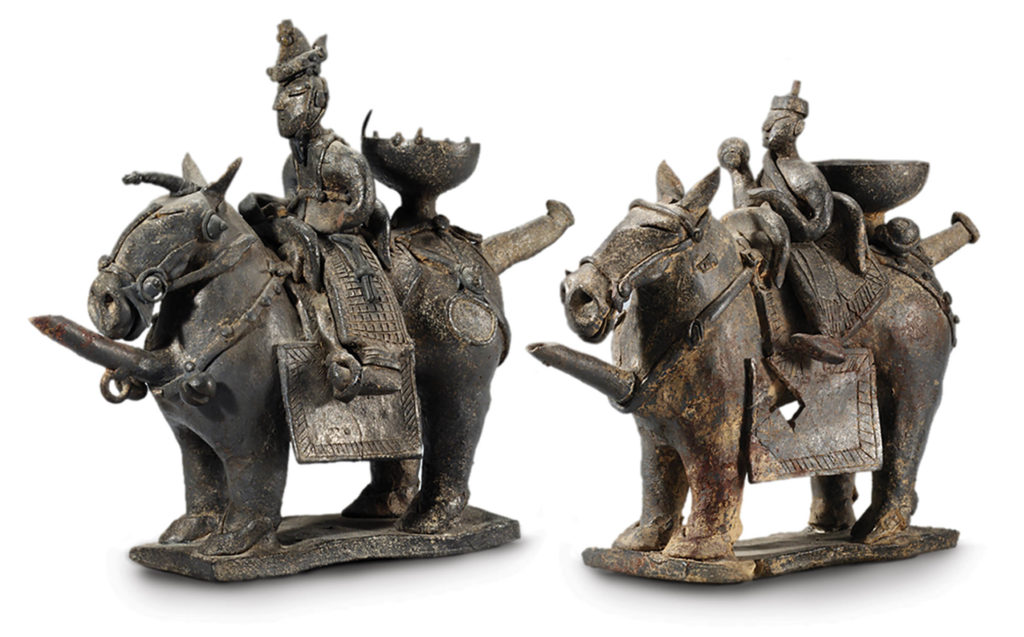
Yet Baekje had one final roll of the dice. Having called to its Yamato allies as soon as the Tang-Silla attack manifested, Prince Puyo P’ung—residing with the Yamato court at Nara—returned to the peninsula to defend his family’s birthright at the head of 5,000 Japanese troops. These men linked up with loyalist forces led by the colorful Gen. Poksin and the monk Toch’im, already fighting an effective campaign against the Tang occupiers. Concerned with the rebels’ success, Silla dispatched troops to assist its partner in putting down the rebellion. Feeling the pinch, and having lost both Poksin and Toch’im to internal squabbling, the loyalist armies decided to consolidate at Churyu Fortress north of the Baek River.
Two Against One
Thus, in 663, the final battle for Baekje independence took place. At the Battle of Baekgang, 27,000 Japanese troops entered the mouth of the Baek River on ships, intent to link up with besieged loyalist troops inside Churyu. The Tang navy, however, established a blocking position that the Japanese failed, over the course of four attempts, to penetrate, despite taking heavy losses.
The fall of Churyu Fortress soon after the naval disaster sounded the death knell for Baekje’s royal family, and that kingdom ceased to exist as a separate polity on the peninsula.
Following its victory at the Baek River, Tang and Silla prepared once again to invade, and hopefully subdue, Goguryeo. Yet, this was not the same Goguryeo that had successfully resisted so many previous invasions. Internal dissent and succession disputes had fractured its once-legendary resistance. In 667, the Tang-Silla alliance launched a massive campaign which included a Tang army from across the Liao River as well as a combined Tang-Silla force from the south. Pyongyang fell in 668, bringing an end to the 700-year-old state as well as the Korean Three Kingdoms era.
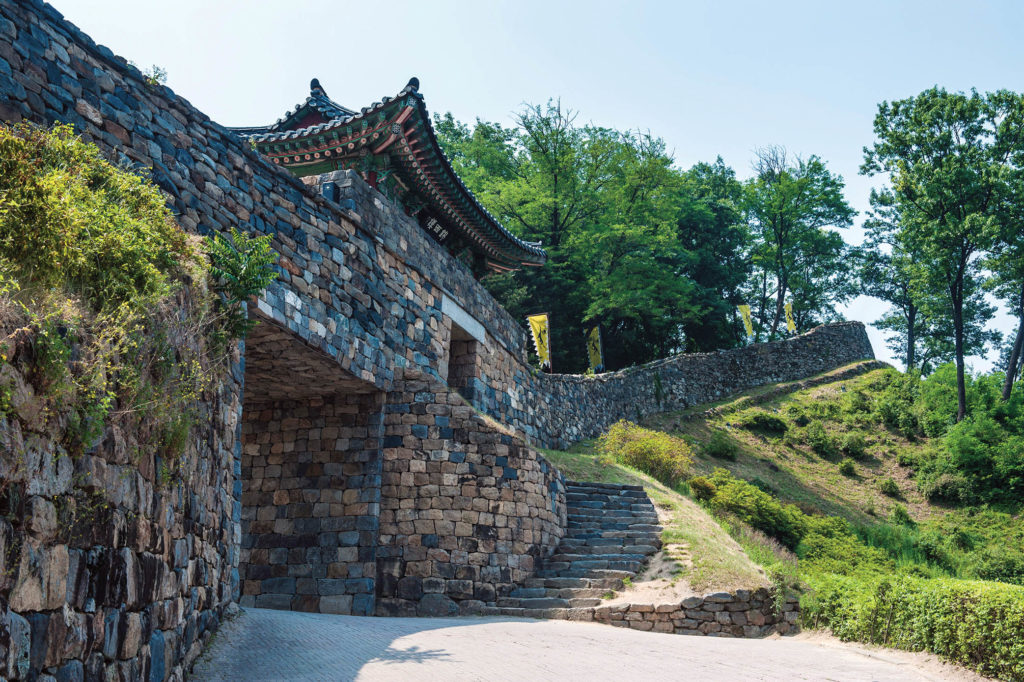
The two allies settled down to administer their newly acquired lands, but the Tang seemed unaware that Silla intended a third operational phase. What began as local resistance to Tang occupation led to alliance between Silla armies and the many rebel groups fighting across Goguryeo. This, in turn, led to open warfare between Silla and the Tang resulting in the ejection of all Chinese forces from the peninsula—and the first true unification of the Korean Peninsula—in 677.
The Lasting Impact of the Wars
The wars of Korea’s Three Kingdoms Period left a significant imprint on all participants. For Japan, that fledgling nation’s only alliance to date with a continental power led to military disaster. It also left the imperial court in Nara fearing invasion by Tang, Silla, or both. This sparked a castle-building program across the archipelago which capitalized on the number of Baekje refugees with a knowledge of masonry who escaped to Japan during the army’s retreat. Intended to fortify Kyushu and key strongpoints between there and the capital, these were Japan’s first stone-walled fortifications, forerunners of the magnificent medieval castles that would play such a large part in that nation’s future internal conflicts.
More importantly, the experience taught Japan to see the continent as a threat—a generalized fear that would manifest itself in the late 16th Century and again during the Meiji Period with invasions of Korea, Manchuria, and even China itself. This fearful perception of the Asian continent underwrites popular views still today.
The Tang were clearly shocked by Silla’s betrayal after so much Chinese treasure and so many lives had been lost in the fight against Baekje and Goguryeo. Diplomatic relations were only reestablished with Silla in 734 when the Tang court begrudgingly recognized the value in having at least one stable frontier.
The Tang would have their hands full elsewhere but would survive until its ultimate demise in 907 after a century-long struggle with internal dissension. The animosity between China and Korea persisted, however, complicating both peoples’ attempts to resist Mongol encroachment beginning in 1205. It’s worth noting that after 676, Chinese armies would only venture onto the Korean Peninsula when requested by the Koreans themselves—in 1592 at the request of the King of Joseon, and then in 1950 at the request of Kim Il-sung of North Korea.
The impact on Korea itself is both easy and difficult to assess. Silla had finally unified the entire peninsula, but old divisions died hard. When Unified Silla, as it is termed today, finally fell from power in 935, the peninsula again split into three kingdoms, each named for its previous regional polity. It took generals and armies from former Goguryeo lands to once again stitch Korea back together again permanently as the Kingdom of Goryeo.
A case can be made that the wounds which festered for half a millennium survive in the deep political divisions of Korea today. People from Jeolla Province in the southwest have a deep distrust of those from Gyeongsang Province in the southeast. And neither of them trust North Korea. Meanwhile relations with both China and Japan remain complicated at best. Thus, King Gwanggaeto of 4th Century Goguryeo might easily recognize the geopolitics of the peninsula some 1,800 years after his demise. The ripples from Korea’s early and turbulent history have truly been long-lasting.

